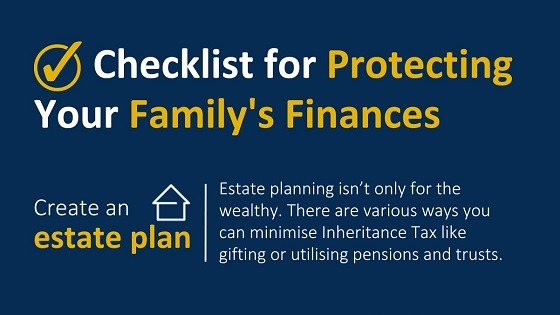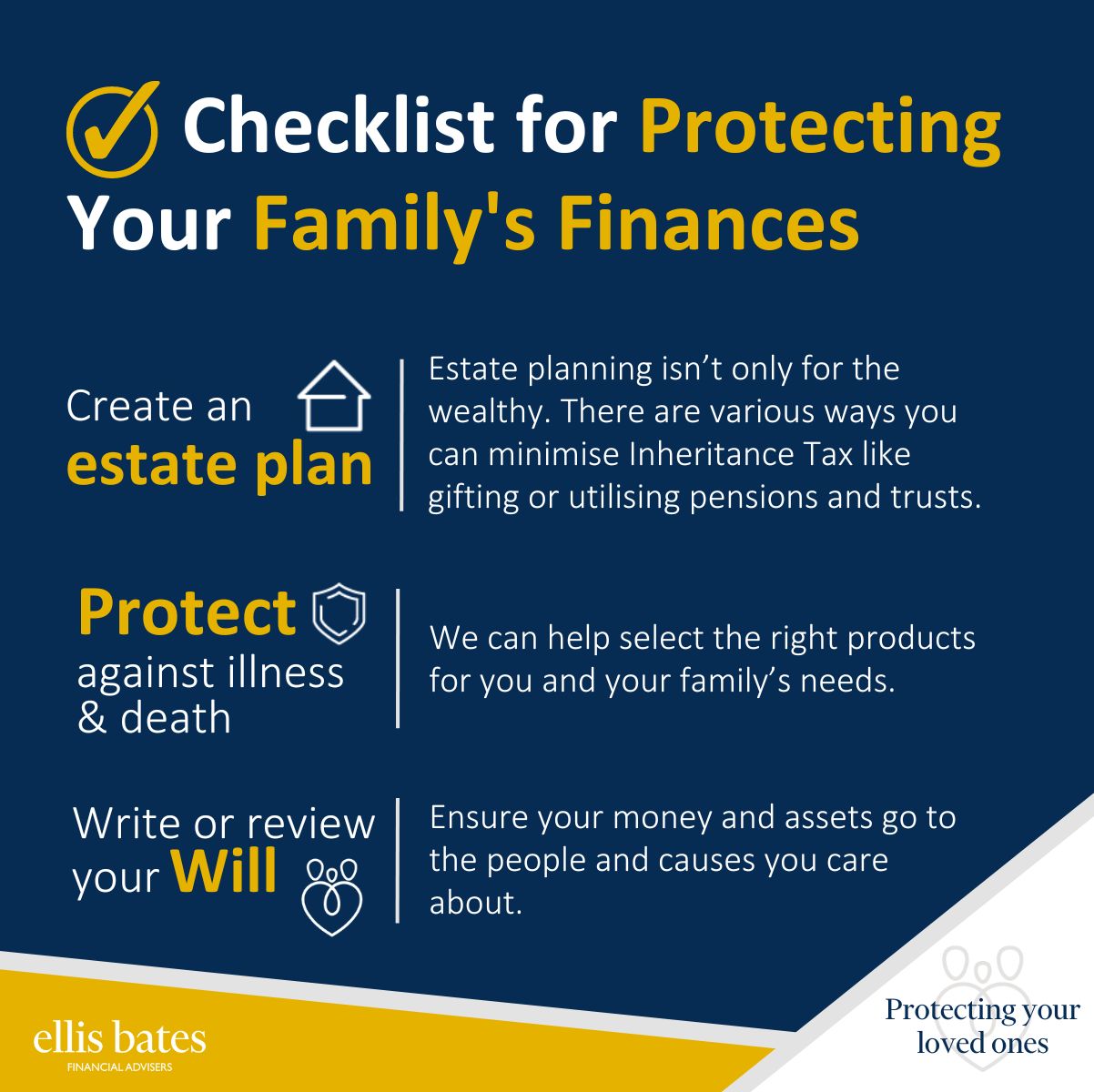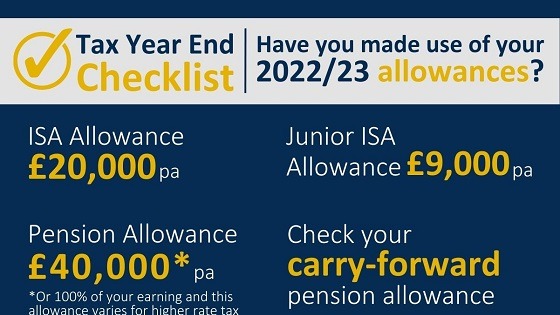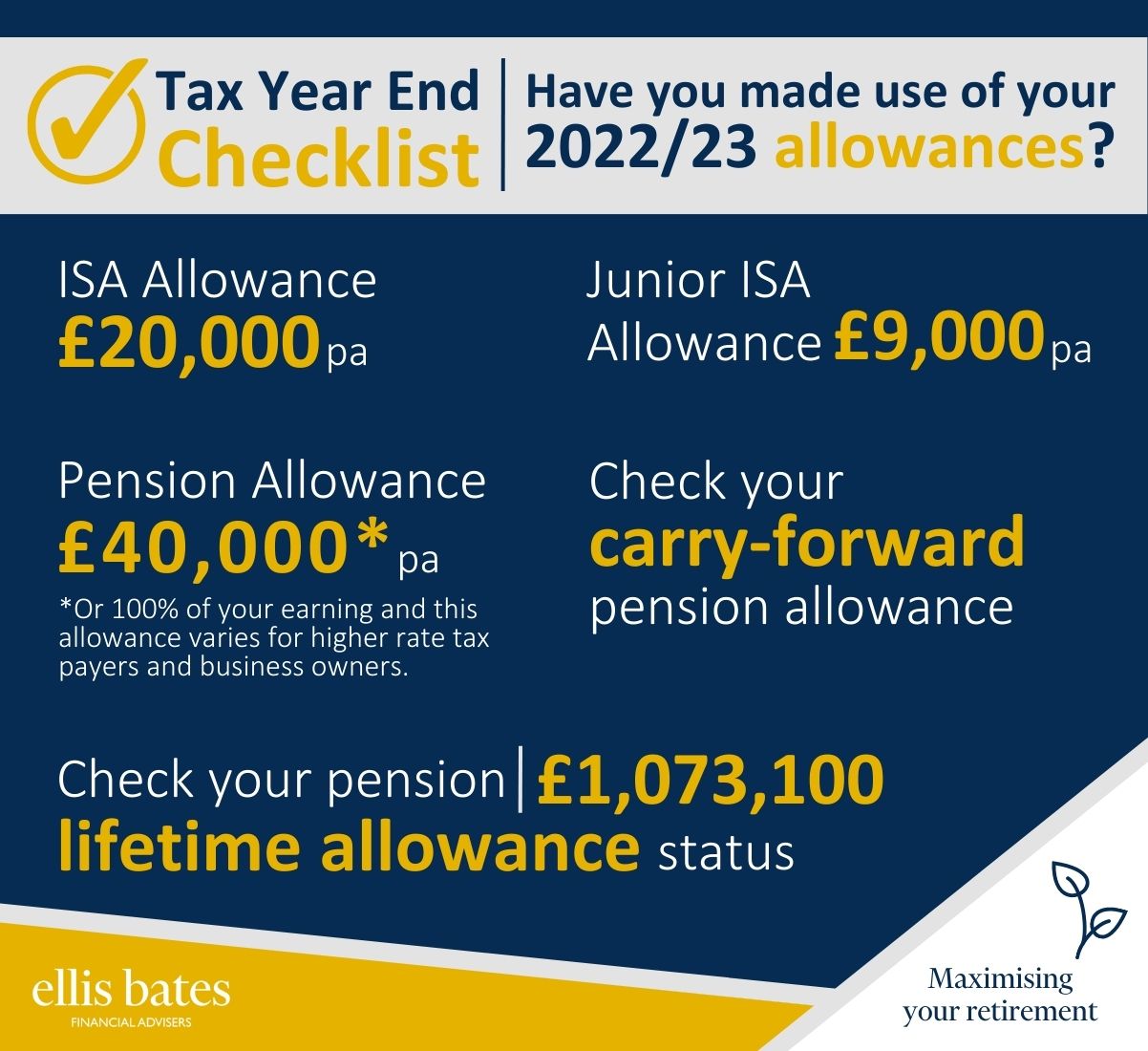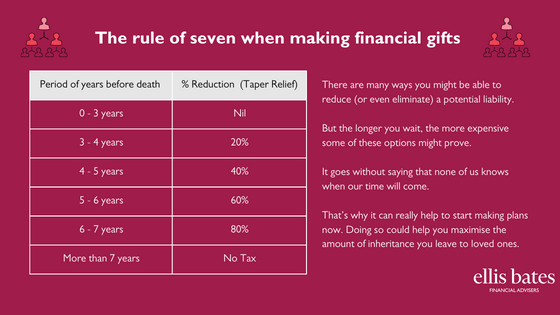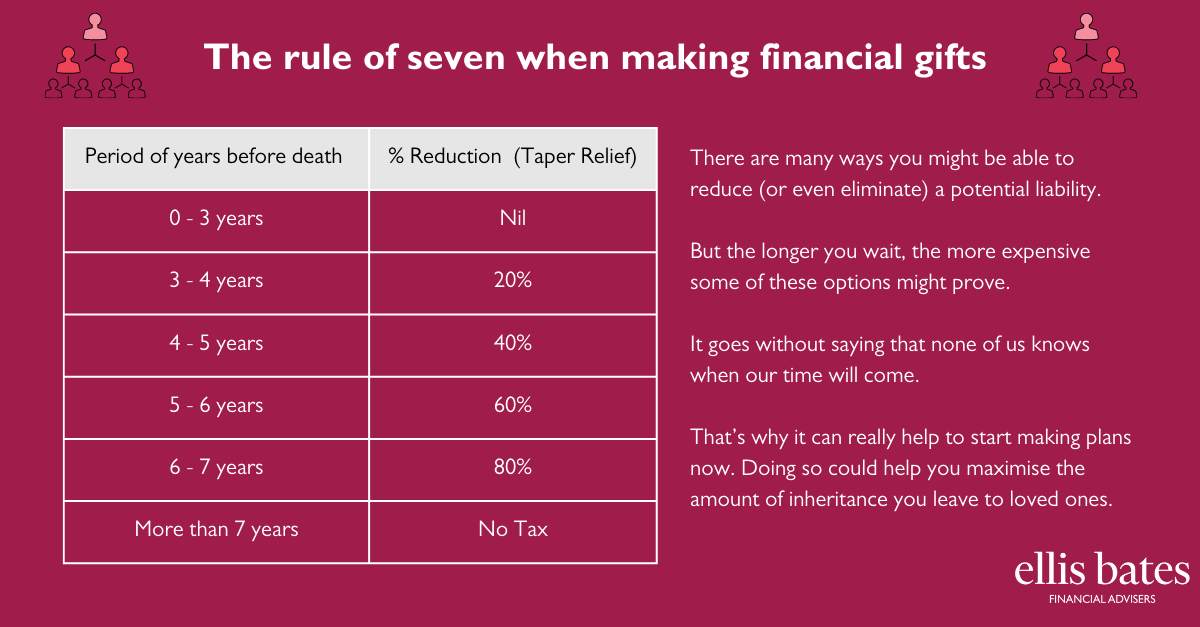Capital Gains Tax
https://www.ellisbates.com/wp-content/uploads/2023/04/CGT.jpg 560 315 Jess Easby Jess Easby https://secure.gravatar.com/avatar/0e2a278e0eef1defdd7ee9d0ae7bb398?s=96&d=mm&r=g Minimising or even avoiding capital gains tax (CGT) liabilities
Minimising or even avoiding capital gains tax (CGT) liabilities
Getting advice early and planning ahead is imperative before you sell an asset
Capital Gains Tax (CGT) is a form of taxation imposed on profits earned from the sale of certain types of assets. Gains are calculated by subtracting the purchase price and related expenses (such as sales charges) from the selling price. They are generally taxed at a rate higher than income taxes in order to discourage speculation.
If you plan to sell assets that have appreciated in value, such as real estate, stocks or bonds, it is important to be aware of CGT and how it can affect your bottom line. Proper planning can help you minimise or even avoid CGT liabilities.
For years, the annual CGT exemption has been a useful way of reducing your liability for CGT on any profits you may make from investments or disposals of assets.
But with news in last year’s Autumn Statement that this exemption will be cut to £6,000 in 2023/24 and £3,000 in 2024/25, now is the time to take action if you want to protect your tax-free allowance.
Here are some ways to potentially reduce your CGT liability.
Use your CGT exemption
By now you should have made full use of the previous 2022/23 CGT exemption, taking into account the upcoming reduction of this exemption commencing from the next tax year. The Chancellor, Jeremy Hunt, in his Autumn Statement last November announced that the CGT personal allowance will be more than halved to £6,000 from April 2023, and halved again to £3,000 in April 2024.
It is important to consider making any capital gains during and before the end of this current 2023/24 tax year, in order to maximise your CGT exemption. This approach will ensure that you are able to take advantage of all available resources and protect yourself from incurring a larger liability down the line.
Make use of losses
When reporting capital gains to HM Revenue & Customs (HMRC), you may be able to reduce your tax liability by making use of losses. Losses and gains realised within the same tax year must be offset against each other, which in turn can help lower the overall gain that is taxable.
Furthermore, any unused losses from earlier years can be carried forward for use, provided they are reported to HMRC within four years from the end of the corresponding tax year in which the asset was sold. It’s important to keep accurate records of all losses and gains so as professional advice can be sought when necessary. This can help ensure that you make the most out of available reliefs and minimise your CGT liability accordingly.
Transfer assets to your spouse or registered civil partner
Couples and registered civil partners can take advantage of their combined annual CGT exemption by transferring assets between them.
This is a tax-exempt transfer as long as it is a genuine, outright gift. By taking advantage of this exemption, couples and registered civil partners can benefit from increased capital gains opportunities that wouldn’t otherwise be available on an individual basis. The assets can be any type of property or investments that are liable to CGT, such as stocks and shares, land, buildings, business assets or personal possessions.
It’s important to note that the transferred asset will become part of the receiving partner’s estate for Inheritance Tax purposes in the event of their death. This could potentially result in a larger Inheritance Tax bill, so professional advice should be sought before making any transfers. In addition, if the transfer takes place when the asset has appreciated in value, it’s important to consider whether it would benefit you more to pay CGT on the gain before transferring the asset and using your single annual exemption instead.
Invest in an ISA (Bed and ISA)
Investing in an ISA can be beneficial for higher and additional rate taxpayers due to its exemption from CGT, so it is important to consider this option when making financial decisions. Gains and losses made on investments held within an ISA are exempt from CGT. Utilising the ‘bed and ISA’ tactic can be a professional way to maximise tax savings.
’Bed and ISA’ is a way to invest without being exposed to the tax implications associated with CGT. By selling assets to realise a capital gain and then immediately buying back the same assets inside an ISA, all future gains can be exempted from CGT.
This helps investors make the most of their ISA allowance each year. Investors need to understand that they may pay stamp duty and other costs when repurchasing investments in an ISA and there is a risk that time out of the market, however small, will detrimentally impact your investments.
Contribute to a pension
Making regular pension contributions from relevant earnings is a highly effective way to save on CGT. A pension provides an ideal opportunity for those looking to reduce their CGT burden while ensuring their funds remain secure in the long term. Investing in pensions could not only make you more tax-efficient but provide peace of mind that your money will still be available when needed most .
By contributing to your pension, you can effectively increase your upper limit of the Income Tax band.
Give shares to charity
One of the most rewarding ways to support a charity is to donate shares. By donating qualifying shares, you may be eligible for Income Tax relief and CGT relief from HMRC. This means that the value of your donation could be worth more than if you had donated money or other assets. It’s important to remember that only certain types of UK shares qualify for CGT relief, so it’s best to consult professional financial advice before making any donations.
Additionally, as with all donations, it’s important to keep records of your gifts in case HMRC needs further information at a later date. Donating shares to charity can be an incredibly meaningful way to show your support whilst also benefiting from generous tax relief.
Invest in an Enterprise Investment Scheme
Enterprise Investment Schemes (EIS) allow investors to benefit from CGT relief on investments. This tax relief applies to qualifying investments in smaller, unquoted trading companies and can significantly reduce the amount of CGT due as well as providing other potential benefits. Any gains made on investments in an EIS are tax-free if held for at least three years from the later of the date of issue or the date the qualifying trade begins.
Moreover, it is also possible to defer a capital gain by investing that gain in an EIS qualifying company but only within one year before or up to three years after the gain arose. Once money is taken out of the EIS qualifying company, the deferred capital gain will come back into charge. When investing in an EIS, professional advice should always be sought to ensure that you are making the most suitable decision for your individual circumstances. This scheme is higher risk than more traditional investments, so investors need to make sure that they fully understand the risks associated.
Claim gift hold-over relief
Gift hold-over relief is a tax consideration for anyone transferring business assets. If you meet the requirements, then you are eligible for a tax reduction when giving away certain business assets. To be eligible, there must be a genuine gift of the asset and the recipient must not make any payment in return. In addition, both parties must agree to the transfer and it must have been made at least one year before the date of sale by the recipient.
If you do qualify for gift hold-over relief, then you won’t have to pay CGT on the gifted assets; however, if they are subsequently sold by the recipient they may incur CGT liabilities . It’s important to note that it must be proven that the asset was given away and not sold in order for the relief to apply. If you’re considering utilising gift hold-over relief, professional advice is advised as there are a number of conditions that must be met before being eligible.
Chattels that escape CGT
Chattels are personal possessions, such as antiques and collectibles, for which CGT does not always apply. Wasting assets – items with a predictable life of 50 years or fewer – may be exempt from CGT altogether provided they were not eligible for business capital allowances.
For non-wasting chattels, the CGT position depends on the sale proceeds, those under £6,000 usually being free of tax. It is important to seek professional advice if you are unsure about any aspect of CGT relating to your chattels so that you can ensure that you comply with the relevant legislation.
Seek professional advice
When it comes to CGT, professional advice is essential. Seeking professional financial advice can help you understand your CGT options, make sure you are taking advantage of all tax reliefs, allowances and exemptions available to you and advise on the best course of action for your individual circumstances.
We provide comprehensive professional advice and can help guide you through the complexities of CGT. We understand that each person’s financial situation is unique, so our tailored advice will ensure that you get the most from your investments. Please get in touch to discuss how our tax planning services can help you.

